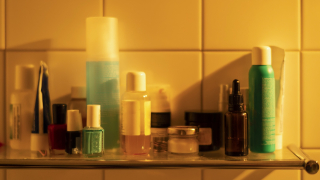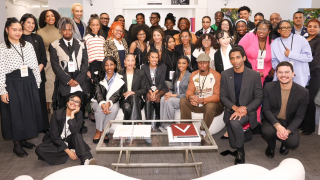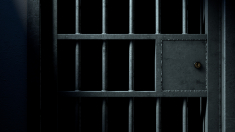At their inception, communal swimming pools were public, egalitarian spaces. Most early public pools in America aimed more for hygiene than relaxation, open on alternate days to men and women. In the North, at least, they served bathers without regard for race. But in the 1920s, as public swimming pools proliferated, they became sites of leisure and recreation. Alarmed at the sight of women and men of different races swimming together, public officials moved to impose rigid segregation.
As African Americans fought for desegregation in the 1950s, public pools became frequent battlefields. In Marshall, Texas, for example, in 1957, a young man backed by the NAACP sued to force the integration of a brand-new swimming pool. When the judge made it clear the city would lose, citizens voted 1,758-89 to have the city sell all of its recreational facilities rather than integrate them. The pool was sold to a local Lions’ Club, which was able to operate it as a Whites-only private facility. The decisions of other communities were rarely so transparent, but the trend was unmistakable.
Before 1950, Americans went swimming as often as they went to the movies, but they did so in public pools. There were relatively few club pools, and private pools were markers of extraordinary wealth. Over the next half-century, though, the number of private in-ground pools increased from roughly 2,500 to more than four million. The declining cost of pool construction, improved technology, and suburbanization all played important roles. But then, so did desegregation.













